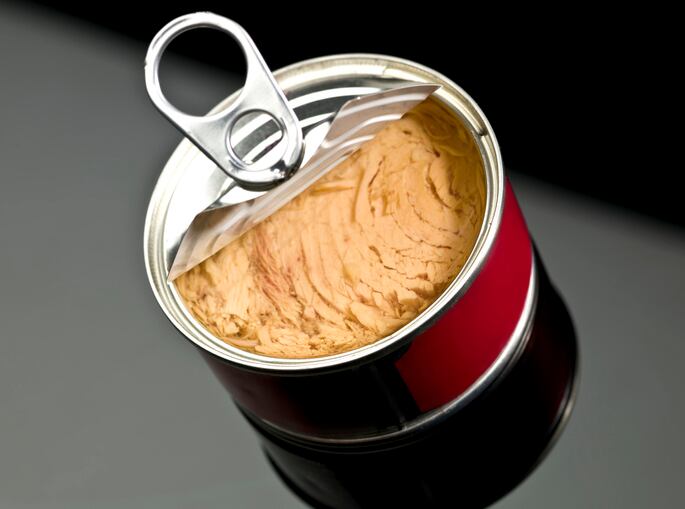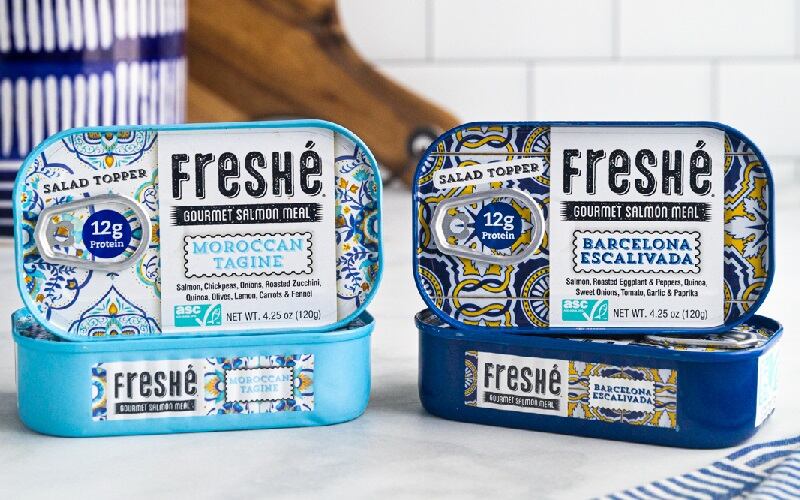In a Federal Register notice published late last week, the agency proposes replacing the “pressed cake weight” measurement method currently required in the standard of identity for canned tuna with a more accurate and easier to manage “drained weight method.”
The proposal comes roughly eight years after category leaders Bumble Bee Foods, StarKist Co and Tri Union Seafoods (doing business as Chicken of the Sea International) requested the change in a Citizen Petition in which they complained the pressed cake weight test is “archaic,” “difficult to perform, prone to human error and produces inconsistent results.”
They note that the current method was designed for three-piece cans that largely have been replaced by two-piece cans, and the US is the only country to still use this standard.
“The pressed cake method relies on more complex instrumentation and requires more steps than the drained weight method, resulting in a more costly procedure with a wider margin of error than the drained weight method,” FDA agrees.
It estimates adopting the new measurement method could save between $4m to $15.9m at a 3% discount rate per year or $3.9m to $15.8m at a 7% discount rate.
The new measurement method also would better align to how consumers measure the content of cans – giving them a more accurate understanding of how much fish they could realistically expect in each can, FDA and the petitioners note as an added justification for the update.
On that note, FDA also proposes, at the behest of the petitioners, to require cans declare both net weight and drained weight on the label to give consumers “more complete and useful information about the amount of fish in the can.”
FDA emphasizes flavoring, packing medium flexibility
To further align with consumer expectations and preferences, FDA also proposes a clarification that packing medium – typically vegetable oil or water – is not required for canned tuna.
While this is currently the case, FDA acknowledges the petitioners’ argument that clarifying oil or water are not required would allow them to offer increasingly popular “no drain” canned tuna products.
As consumers increasingly seek products with more flavors and spices, the petitioners also ask FDA expand the types of flavors and spices that can be added to canned tuna.
“We agree that the canned tuna standard is restrictive regarding the use of flavorings,” and propose to allow as optional ingredients any seasonings and flavors that are “safe and suitable.”
FDA seeks comments on vegetable broth minimum
The agency stopped short of acquiescing to the petitioners’ request to also adjust the amount of vegetable broth allowed as an added flavoring based on the dry weight of the vegetable extracts used.
The agency is seeking additional information about wether there should be a lower limit of vegetable extractives and if so, if it should be 0.025% as the petition requests or another percentage.
The current standard sets the minimum at 0.5% by weight of vegetable extractives and caps it at 5%.
The deadline for submitting comments on the minimum amount of vegetable extractives – along with any other responses to the proposal – are due by Nov. 24 to docket number FDA-2016-P-0147.




